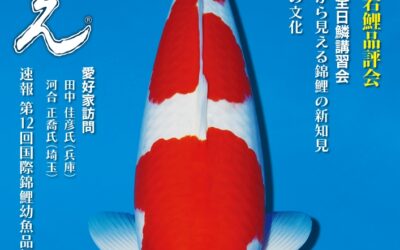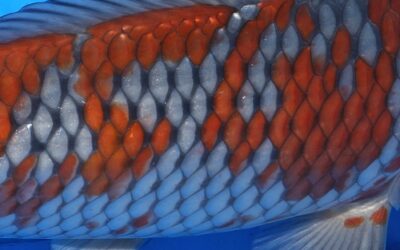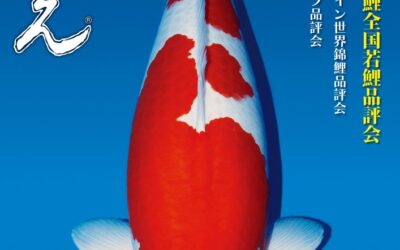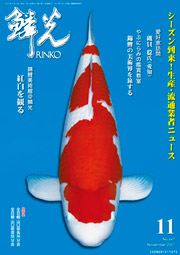Appreciation of Koi Part 4:
The charm of “Doctrine” lies in its large scales or bare body
Kawagoi, Kagamigoi and Sokusenrinretsugoi
A Doitsugoi is a Magoi imported from Germany for the purpose of improving edible carp in Japan. It is regarded as the species whose scales are deliberately removed from the body surface.
The koi which had been cultured in Germany and Czechoslovakia were longer than wild carp, some of which were found to have a few scales attached on the body. It is reported that “Kagamigoi” was already recorded in a literature published in the 16th century.
Some Doitsugoi have almost no scales, which is called “Kawagoi”. This is the very species that Japan imported from Germany early in the 20th century in order to increase the meat part of edible carp.
By crossbreeding Kawagoi with some Japanese native carp, different edible carp and “Shusui”, a hybrid of Asagi, a diversified species of German carp were born.
In the meantime, another type of German origin is called Kagamigoi. This species has its scales arranged over the body starting from the neck to close to the base of the tail fin through both sides of the dorsal fin. Viewers put their large, deepcolored scales on the back first
In addition, there is other type of German origin. The species has large scales along the lateral lines as well as those on the back. It is called “Sokusenrinretsugoi”. Both Kawagoi and Kagamigoi genetically have almost the same characters. And Sokusenrinretsugoi is regarded as a species related to the same line of the other twos.
Doitsugoi varieties
The typical variety of Kagamigoi is “Shusui”. Shusui is a hybrid between Kawagoi and “Sanshu Asagi”, which was created more than 100 years ago. Before it established its position, Shusui faced many twists and turns. People would be surprised at their terrible, strange looks.
The introduction of Doitsugoi brought the difference in the shape of scale and the advantage of physique to Japanese koi, but, on the other hand, unfavorable genes were also introduced. It lacks unity in the arrangement of large scales.
Shusui’s Hi marks on the side body make an exotic pattern. People put a nickname on the different patterns, such as “Hi Shusui” or “Hana Shusui”.
Also there are Kawagoi in Kohaku, Taisho Sanshoku and Showa Sanshoku, socalled “Gosanke”. They are “Doitsu Kohaku”, “Doitsu Sanke” and “Doitsu Showa”. They are very popular among people.
A number of Bekko and Utsuri mono have Doitsugoi, so do Goshiki and Ochibashigure. Chagoi of a uniform color also has its own Doitsugoi. As everyone knows, it displays its charm.
“Kumonryu” is a typical variety having either character of Kawagoi or that of Kagamigoi. There are many cel ebrated Kumonryu both in Kawagoi and Kagamigoi.
Kumonryu, if Hi spots are added to it, develops into “Beni Kumonryu”, which is very striking to see. When Beni Kumonryu loses Sumi spots out of its large scales, it changes into “Kosui (Hisui)”. Actually Kosui is very rare to see, but it still keeps its position as a rare variety.
In conclusion, whichever it may be, the lack of scales or the presence of large scales, it is true that Doitsugoi makes a remarkable contribution to the diversity of koi varieties.
Enjoy our collection of articles on Japanese koi news, updates, winners, educational articles, definitions and more!
Join as a free RINKO Member for increased access and subscribe as a paid member for full access to our content.
Japanese RINKO 2025 November issue adverts
by RINKO online | Oct 22, 2025
Japanese RINKO 2025 November issue adverts 鱗光 2025年11月号掲載広告 ...
Nishikigoi Calendar 2026 on sale
by RINKO online | Sep 19, 2025
Nishikigoi Calendar 2026 錦鯉カレンダー2026
Japanese RINKO 2025 October issue adverts
by RINKO online | Sep 19, 2025
Japanese RINKO 2025 October issue adverts 鱗光 2025年10月号掲載広告
Japanese RINKO 2025 September issue adverts
by RINKO online | Aug 19, 2025
Japanese RINKO 2025 September issue adverts 鱗光2025年9月号掲載広告
Koi Show Schedule for Next Season
by RINKO online | Jul 23, 2025
Koi Show Schedule for Next Season The17th Nagaoka Tosai Koi Show (Yamakoshi...
Japanese RINKO 2025 August issue adverts
by RINKO online | Jul 19, 2025
Japanese RINKO 2025 August issue adverts 2025年8月号掲載広告
Japanese RINKO 2025 July issue adverts
by RINKO online | Jun 19, 2025
Japanese RINKO 2025 July issue adverts 2025年7月号掲載広告
Magazine Issue Update
by RINKO online | Jun 11, 2025
[ Magazine Issue Update ] https://rinkoonline.com/magazine-issues/ ...
[Repost] Koi? Goi? Koromo? Goromo?
by RINKO online | Jun 11, 2025
Frequently asked questions about confusing Japanese koi words. ”koi”...
Japanese RINKO 2025 June issue adverts
by RINKO online | May 22, 2025
Japanese RINKO 2025 June issue adverts 2025年6月号掲載広告
Amime 網目
by RINKO online | May 9, 2025
Amime 網目 Ami 網 means net, mesh. The term is often used in the appreciation...
Japanese RINKO 2025 May issue adverts
by RINKO online | Apr 28, 2025
Japanese RINKO 2025 May issue adverts 鱗光 2025年5月号広告一覧
RINKO Koi Magazine is NOW available online!
Blog Categories
Reminder: You must login or register for website to vote in our polls.
Recent Posts
Upcoming Events
Author: RINKO Online
RINKO was published in 1962 as the first Nishikigoi magazine in the world. Dr Takeo Kuroki organized Oita Airinkai (koi club) with 53 members. He wrote the most articles which were written on A5 size paper, printed in black and white and 28 pages long with his wife’s artwork on the front cover. When Dr Kuroki met our founder Shuji Fujita, they consulted on publishing his first book “Nishikigoi”. This created hundreds and thousands of “koi-kichi” (koi lovers/people crazy about koi). Their work together resulted in the success of RINKO Issue 15, the first cover printed in color. Since then their journey of introducing Nishikigoi culture to the world has blossomed.

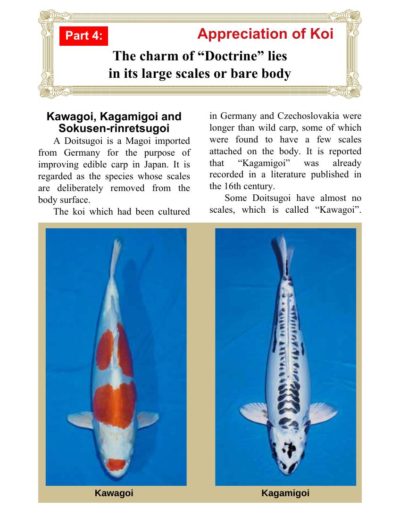
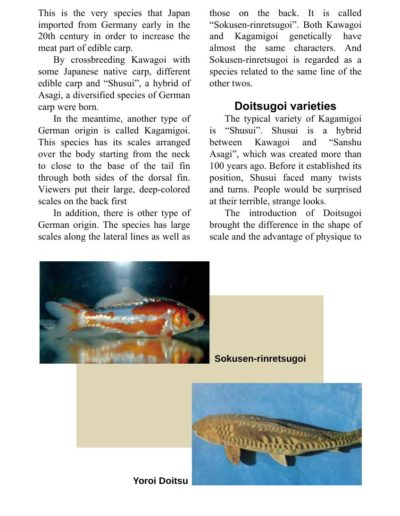
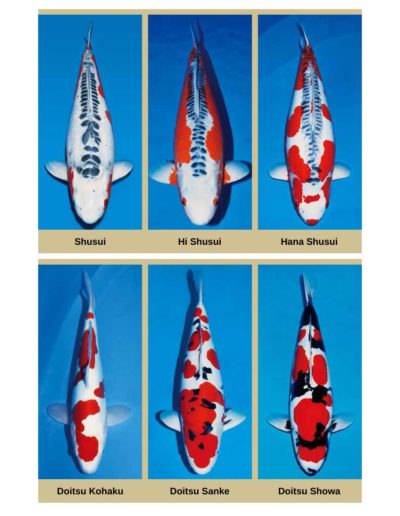
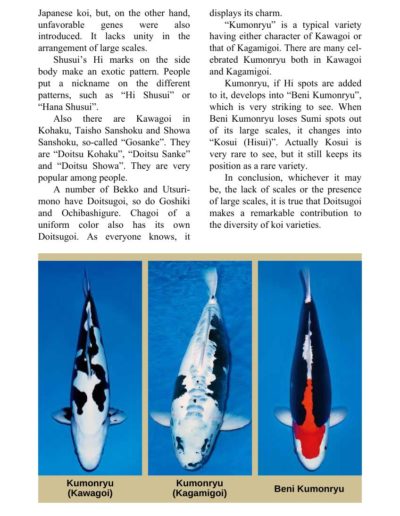
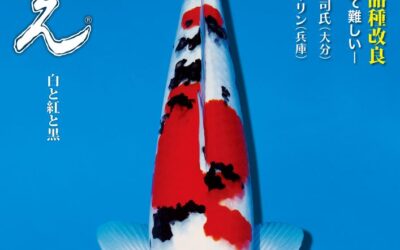
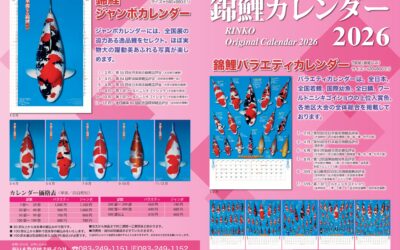
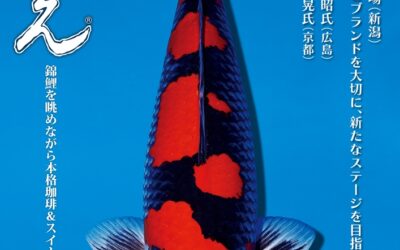

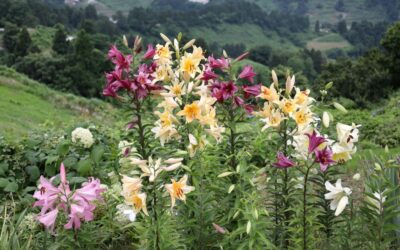

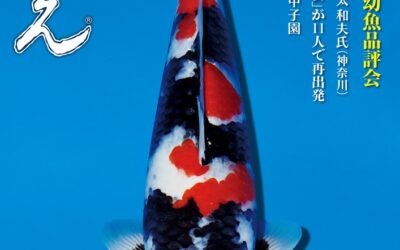
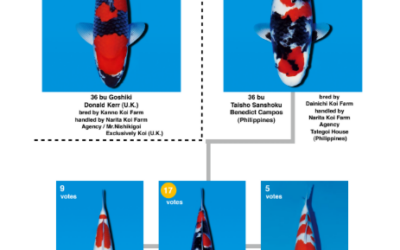
![[Repost] Koi? Goi? Koromo? Goromo?](https://rinkoonline.com/wp-content/uploads/2025/06/Glossary-400x250.png)
